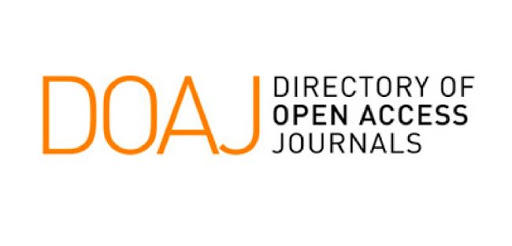Paper ID : SMJ0805215505287 | View : 12

Abstract : Background:The monitoring of the activity in Crohn's disease (CD ) may be challenging with endoscopic maneuvers due to difficulties in reaching the affected areas and being restricted to mucosal lesions in endoscope exam ,so the existence of a more tolerable and reliable technique will be highly warranted . In addition to its high accuracy in diagnosis and assessment of this disease. Objective: This study aims at detection of the accuracy of computed tomography enterography (CTE) in detection of Crohn's disease activity. Patient and Methods: This Prospective study was conducted from October 2015 to the end of November 2016 in Al-yarmook and gastroenterology and hepatology teaching hospitals were Thirty –four patients clinically and histopathologically proven as CD patients and most of them complain recurrent episode of abdominal pain and diarrhea included in this study .patients divided into active and inactive groups according to ileocolonoscopic evaluation. Then all patients underwent CTE as clinically indicated within 1 week of ileocolonoscopy. The radiological signs that used in CTE to suggest Crohn'sdisease activity are mural hyper enhancement, mural thickening, comb sign,mesenteric fat oedema and mesenteric lymph nodes. Results: Computed tomography enterography is valuable tool in detecting CD activityand the mural hyper enhancement and comb sign are the main diagnostic CTEcriteria of CD activity. Conclusion: CTE is anon invasive and reliable technique that has a significant value inassessment of CD activity in correlation with endoscopy and it is useful infollow up and preoperative guidance.










